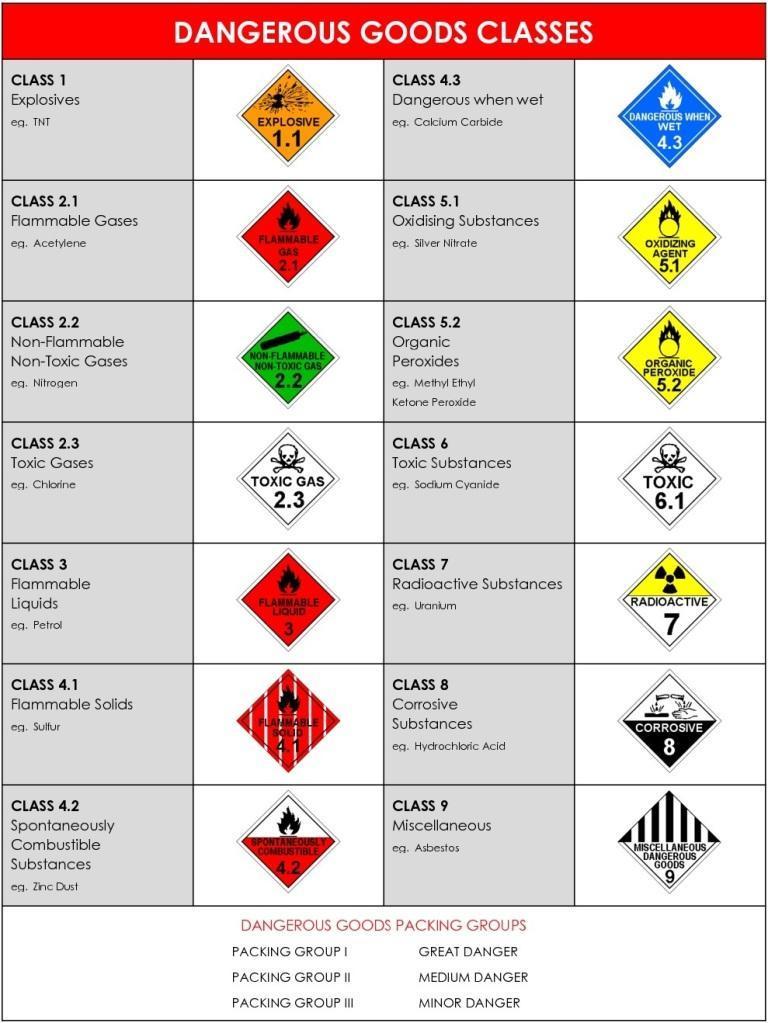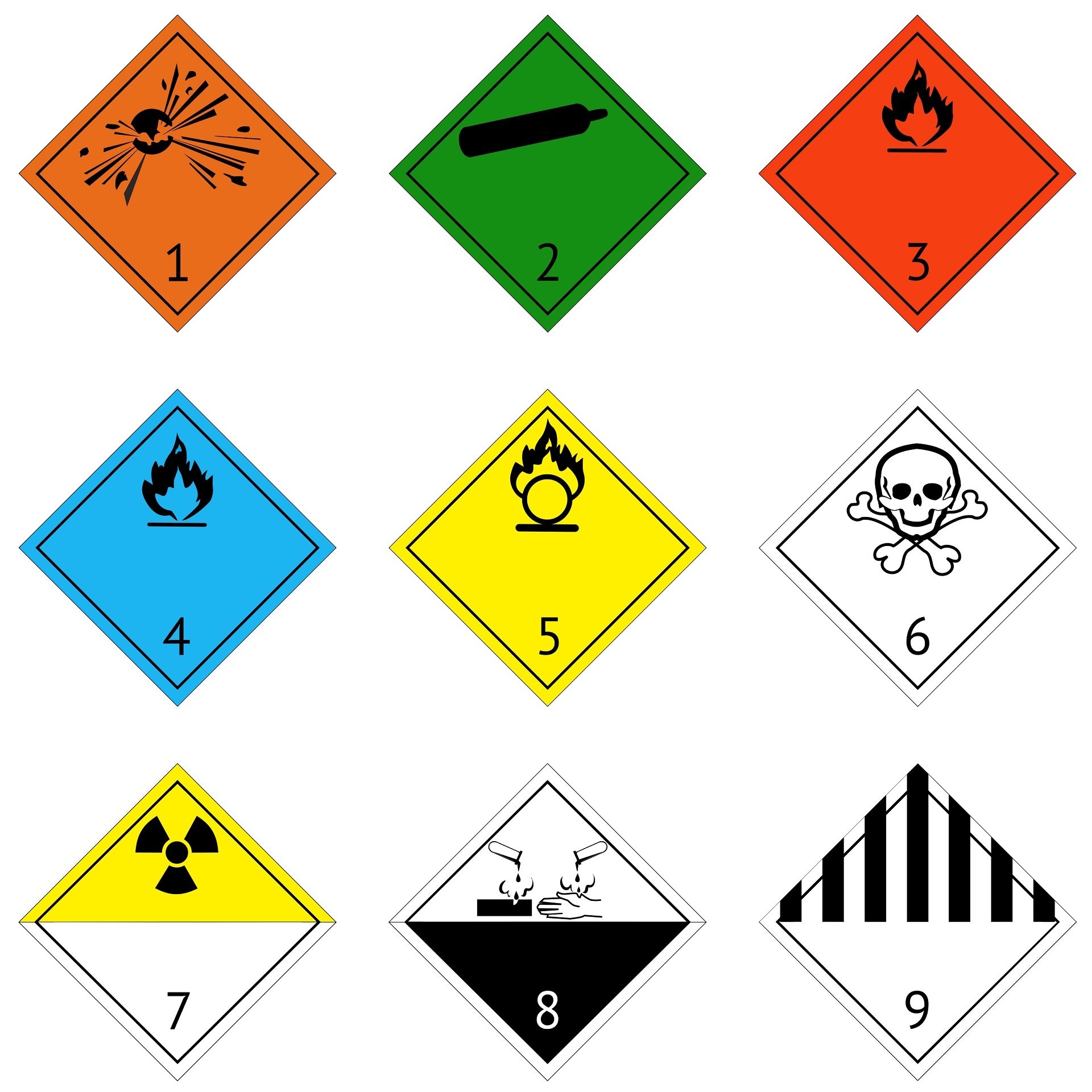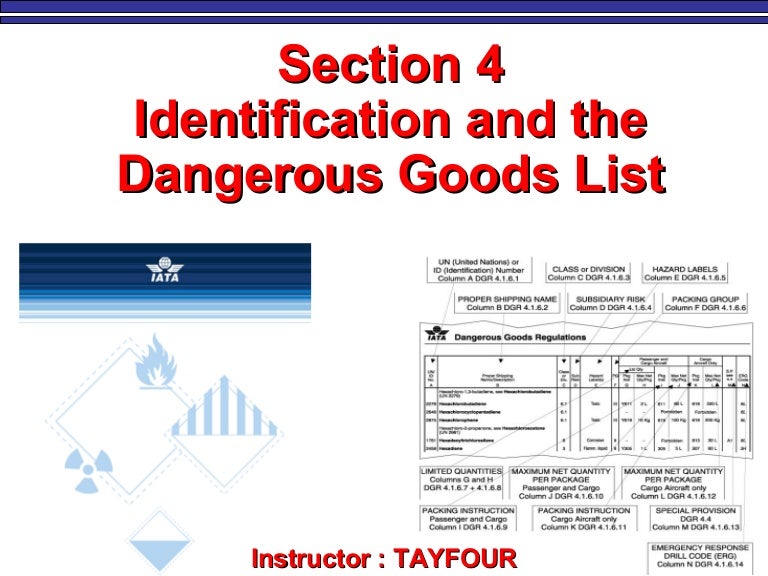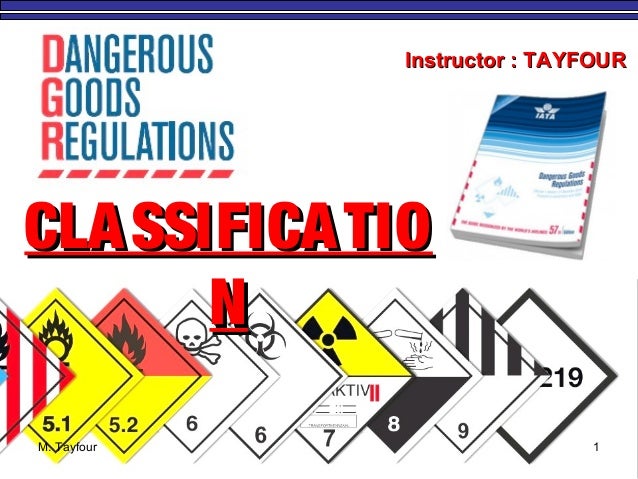Very insensitive substances which have a mass explosion hazard. Dangerous Goods Handling Chapter 4-1 Page 7 Oct 2014 The purpose of the IMDG Codes Dangerous Goods classification system is to distinguish between goods which are considered to be dangerous for maritime transport and those which are not.
Visit our website and find out more about our ocean inland rail and air transport.
Dangerous goods classification 1.4. Very insensitive substances which have a mass explosion hazard. Ad Let us simplify and connect your supply chain from end to end. 12 13 or 14 or exclude it.
Ammunition Fireworks Blasting Explosives Class 2 Gases Compressed Liquefied Or Dissolved Under Pressure. Dangerous Goods Divisions Classification. Dangerous goods labels class 1 caution explosion risk 14 - S - 1 paper orange-black 100 x 100 mm 1000 labels.
Cord 14G Consumer Fireworks Proximate Pyro 14S Proximate Pyro Blasting Caps Small Arms Ammunition 15 Blasting Agent very insensitive 15D Blasting Agents 16 Explosives extremely insensitive no mass explosions 16N. Substances and articles which present no significant hazard. The Recommendations on the Transport of Dangerous Goods Manual of Tests and Criteria.
Visit our website today. Ad Let us simplify and connect your supply chain from end to end. 14B Blasting Caps 14C Model rocket motors 14D Det.
Substances and articles which have a fire hazard and either a minor blast hazard or a minor projection hazard or both but not a mass explosion hazard. 14 IMDG Code Dangerous Goods Classification System. Hazardous goods are divided into 9 categories according to the proposed danger.
Instructions of 414 P201 and LP02 for Class 2 and P620 P621 IBC620 and LP621 for Division 62. 14 Minor explosion hazard. Dangerous goods labels paper 100 x 100 mm.
22102020 Dangerous goods of class 1 other than division 14 compatibility group S packed in limited quantities shall be stowed as indicated in column 16a of the Dangerous Goods List in accordance with one of the categories 01 to 05. 4111 Dangerous goods shall be packed in good quality packagings including IBCs and large packagings which shall be strong enough to withstand the shocks and loadings normally encountered during. Stowage categories for classes 2 to 9.
Self-adhesive HAZMAT labels according to GGVSGGVE ADR and RID for the transportation of dangerous goods. Substance which in contact with water emits flammable gas. Substances and articles which present no significant hazard.
Dangerous goods labels paper 100 x 100 mm. Substances and articles which present no significant hazard. Division 14 Substances And Articles Which Present No Significant Hazard.
These are substances with effects that in the event of ignition or initiation during transport are largely confined to the package and no projection of fragments of appreciable size or range is to be expected. Division 15 Very Insensitive Substances Which Have Mass Explosion Hazard Division 16 Extremely Insensitive Articles Which Do Not Have A Mass Explosion Hazard Examples. Only a small hazard in the event of ignition or initiation during transport with any effects largely confined to the package.
In all categories there is a distinction between heightened danger if applicable. Test methods and procedures to be used for the classification of dangerous goods according to the provisions of Parts 2 and 3 of the Model Regulations as well as of chemicals presenting physical hazards according to. Visit our website today.
Visit our website and find out more about our ocean inland rail and air transport.

Imdg Code Introduction Contents Compatibility Precautions Segregation

Dangerous Goods Regulations Cat 9

The 9 Classes Of Dangerous Goods

Dangerous Goods Aerotraining Org Manualzz
Https Www Asean Org Wp Content Uploads Images 2015 September Transport Facilitation Batch 3 Dangerous Goods Handling All Modes Chapter 202 Asean 20disclaimer Pdf
What Is A Placard Load For Dangerous Goods Transport





0 comments:
Post a Comment